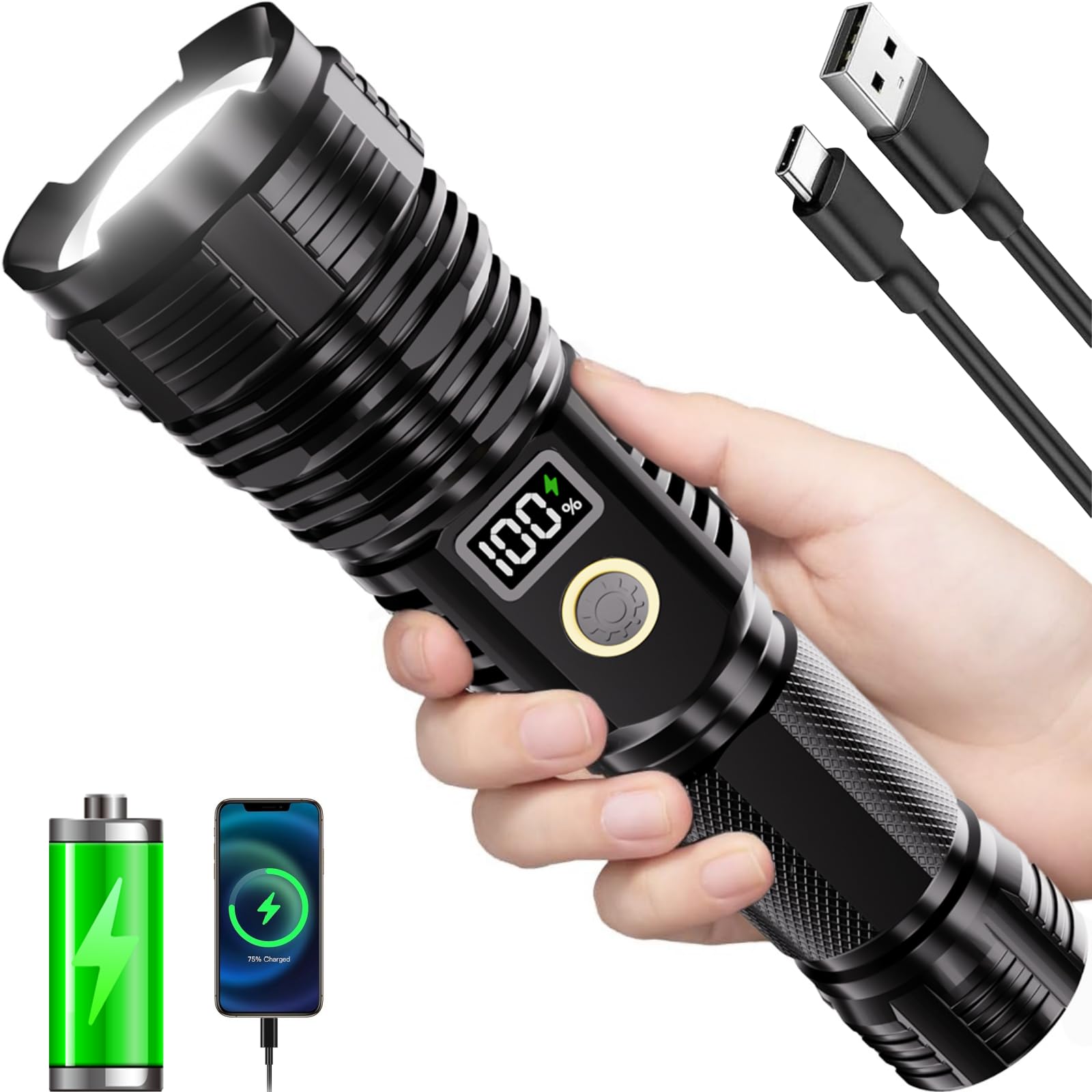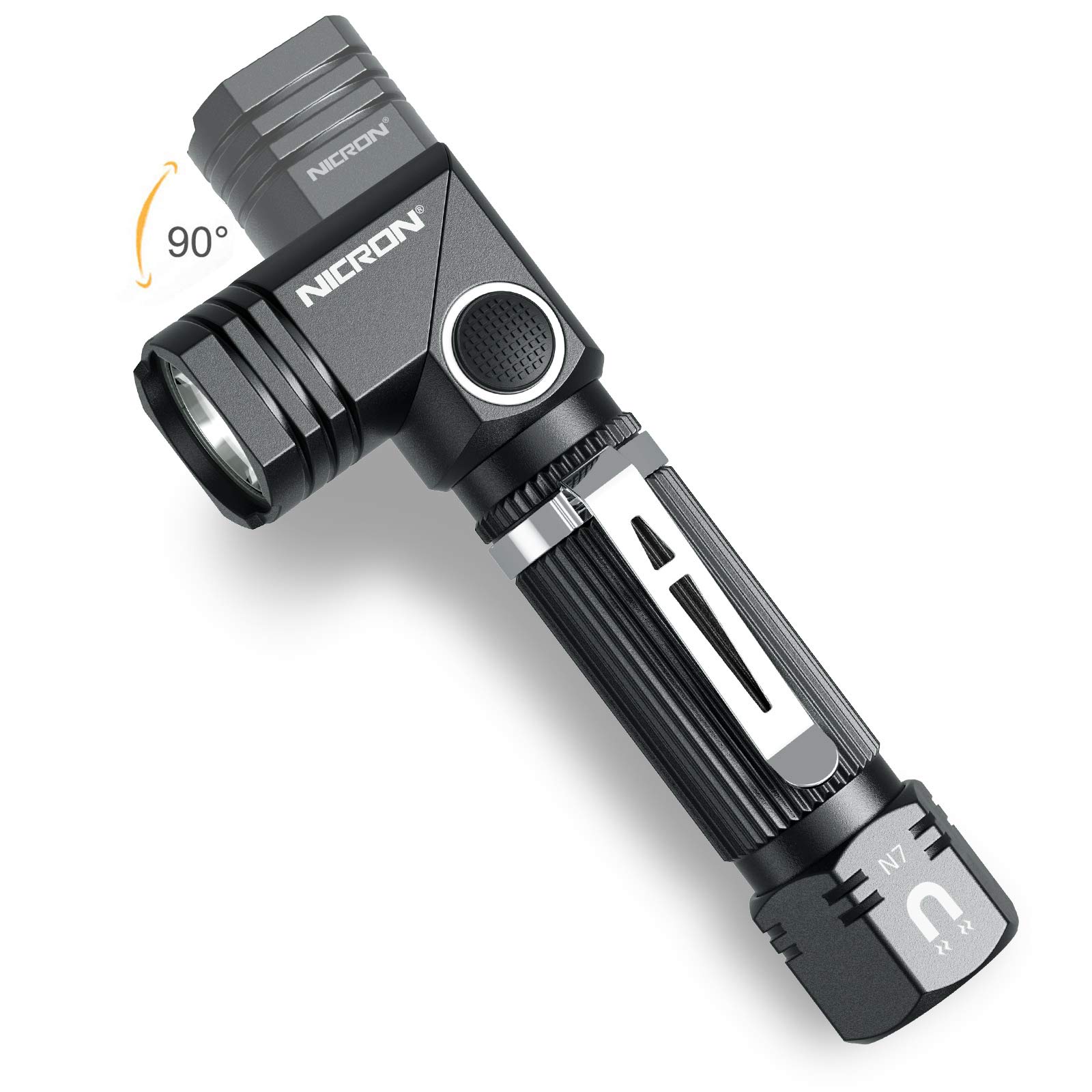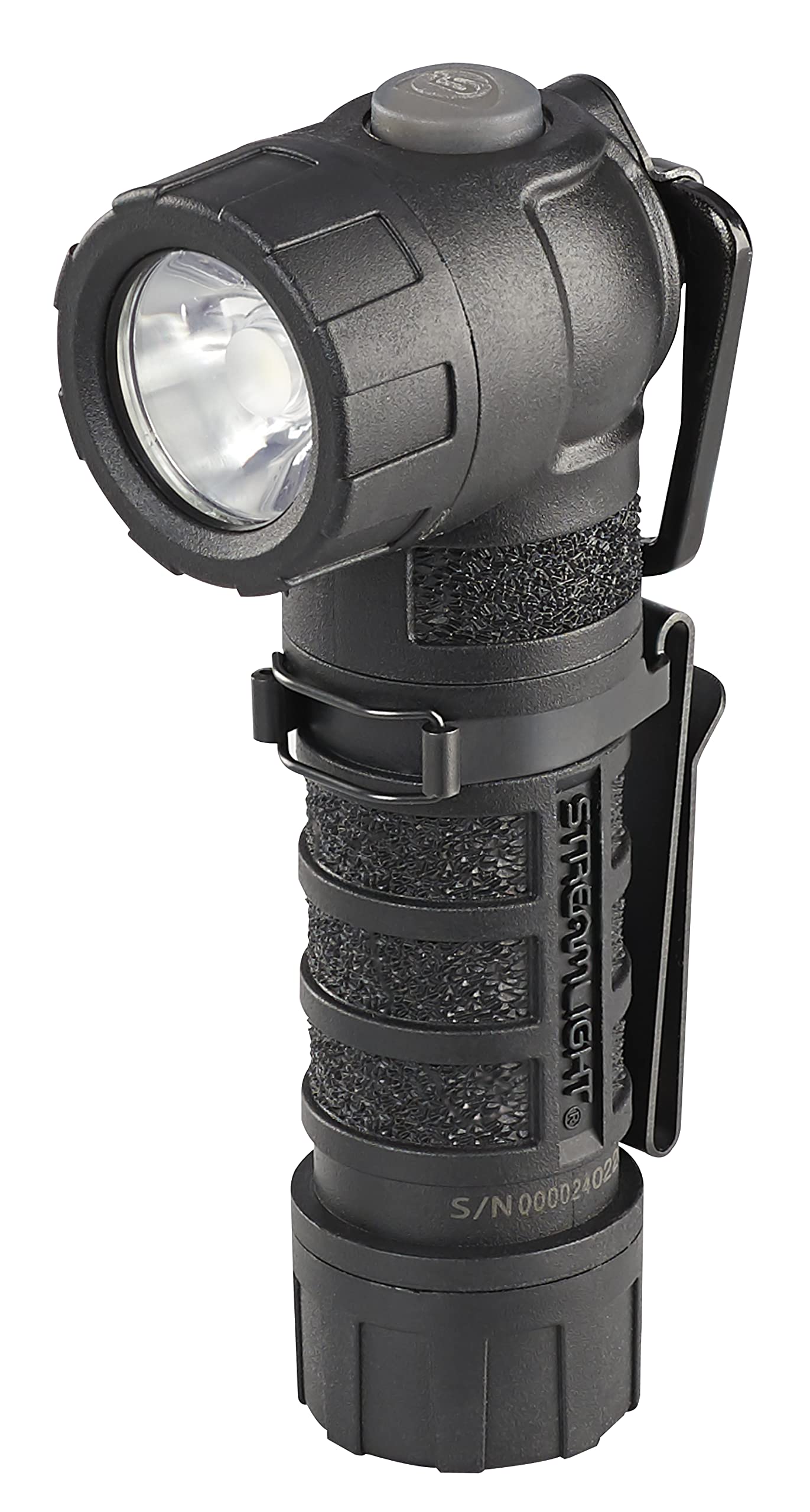Flashlights are handy tools that help us see in the dark, whether we are out camping, walking the dog at night, or dealing with a power outage at home. They come in a variety of sizes, shapes, and styles, but one important feature can make a big difference: the beam angle. The beam angle is the width of light the flashlight produces, which changes how much area the light can cover and how far it can reach.
When picking a flashlight, it’s common to focus on how bright it is or how long the battery lasts. But the beam angle affects how well you can see what you need to see. A wide beam is great for lighting up an entire room or campsite, while a narrow beam shines further and is helpful for spotting something in the distance. It’s important to consider what you’ll use the flashlight for, because the wrong beam angle can make the flashlight less useful in certain situations.
Other things to consider include the flashlight’s size, weight, and how easily it switches between beam angles, if it offers that option. Some flashlights are made from strong materials to survive drops and rain. All of these factors help determine which flashlight best fits your needs. We tested several flashlights to find the options that make lighting up the dark both easy and effective.
Best Flashlight Beam Angle Options
We have reviewed the top flashlights with different beam angle options. Our list will help you find the right flashlight for wide, focused, or adjustable beams.
CHILDBOT High Lumens Flashlight

This is a strong pick for anyone who needs a super bright flashlight with adjustable beam angles and reliable battery life.
Pros
- Powerful, wide beam covers large spaces with ease
- LCD power display takes the guesswork out of battery life
- Waterproof and sturdy build for outdoor use
Cons
- Adjusting the focus ring can be stiff at first
- Heavier than typical flashlights
- The battery may not last as long on the brightest setting
Using this CHILDBOT flashlight felt like a game-changer when we needed to light up a big yard at night. The beam angle shifts smoothly from a broad flood for working or searching to a narrow spot for pointing out something specific in the distance. Having the LCD to track battery life is especially handy, saving us from surprise power loss.
We noticed the metal body feels solid and durable, holding up well during a recent rainy hike. Even when dropped on concrete, the flashlight continued to work without a hitch. The waterproof feature made us more confident using it during unexpected weather.
However, switching the beam angle takes some effort since the focus ring can feel tight at first. It’s also a bit heavier to carry for long walks. On the highest setting, the battery drains faster than we’d like, so we usually keep it on medium for longer trips. For those who need a tough, extra-bright light that adjusts between wide and focused beams, the CHILDBOT High Lumens Flashlight stands out as a smart choice.
NICRON N7 Tactical Flashlight

This is a solid pick for anyone who needs a flashlight with flexible beam angles and a strong, durable build.
Pros
- Strong magnetic tail and 90-degree head allow hands-free use in awkward spots
- Impressive brightness in a compact, pocket-sized body
- Feels tough and dependable, even in wet or rough conditions
Cons
- Batteries not included, and the right fit can be tricky
- The beam pattern can be too wide for some specific tasks
- Extended use on high-drain batteries results in faster
With the NICRON N7, we found it easy to light up dark spaces—whether we’re in the garage, on a hike, or chasing the dog outside at night. The adjustable 90-degree head makes it simple to direct the beam where we want, which came in handy more than once when working in tight spots.
Its magnetic tail cap is a standout feature. Being able to attach it to metal surfaces lets us use both hands for chores, making jobs like fixing leaks or walking the dog simpler. The flashlight feels tough, which is comforting if we drop it or use it in bad weather.
We noticed that finding batteries isn’t always as straightforward as we’d like, and using the rechargeable option gives more brightness but shortens the runtime. This light really shines for people who want a mix of flexibility, power, and a no-nonsense build without any fuss.
Streamlight PolyTac 90 Right Angle Flashlight

This flashlight is a solid pick for anyone who needs a versatile and durable beam angle option that works in tough situations.
Pros
- Compact, tough design stands up to hard use
- Right-angle head and clips make it easy to mount in different ways
- Modes are simple to find and use with gloves on
Cons
- Battery life could be better on high mode
- Some confusion about the exact brightness levels
- Low mode may not be useful in all settings
We like how the Streamlight PolyTac 90 fits anywhere we need it—on our gear, clipped to a jacket, or worn like a headlamp. The right-angle head is especially useful. It points the beam exactly where we want, and the clip is a smart touch for hands-free lighting.
Switching between modes is quick, even with gloves. A double-click triggers a strobe, while three clicks put us in low power mode. The build feels ready for drops and rain, which gives us confidence when we’re outdoors at night or working in rough conditions.
It’s not the longest-lasting flashlight if we keep it in high mode often, so we carry extra CR123A batteries just in case. Also, it takes a moment to get used to the brightness settings because they aren’t always what we expect from the packaging. Despite this, the performance and mounting options make the PolyTac 90 a great tool for jobs that demand reliable light at different angles.
Buying Guide
When we shop for a flashlight, choosing the beam angle is important. A wide beam lights up a large area, while a narrow beam can reach farther. We should think about where and how we will use our flashlight most often.
Here’s a helpful table for quick comparison:
| Beam Angle | Best Use |
|---|---|
| Narrow (10-20°) | Every day use, camping |
| Medium (20-40°) | Everyday use, camping |
| Wide (40°+) | Close work, repairs |
We should check if the flashlight lets us adjust the beam. Adjustable models are useful for different tasks, while fixed beams are simple and easy to use.
It’s also smart to look at other features. Let’s keep in mind:
- Brightness (measured in lumens)
- Battery life
- Weight and size
- Water resistance
- Build quality (metal is often tougher than plastic)
If we use flashlights outdoors, water resistance is important. We will want a model that is easy to carry and comfortable to hold for long periods.
We should read the product details and check for clear information on the beam angle. If possible, testing the flashlight or watching videos can help us see if the beam shape fits our needs.